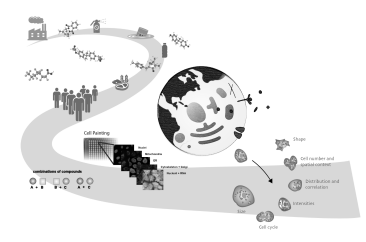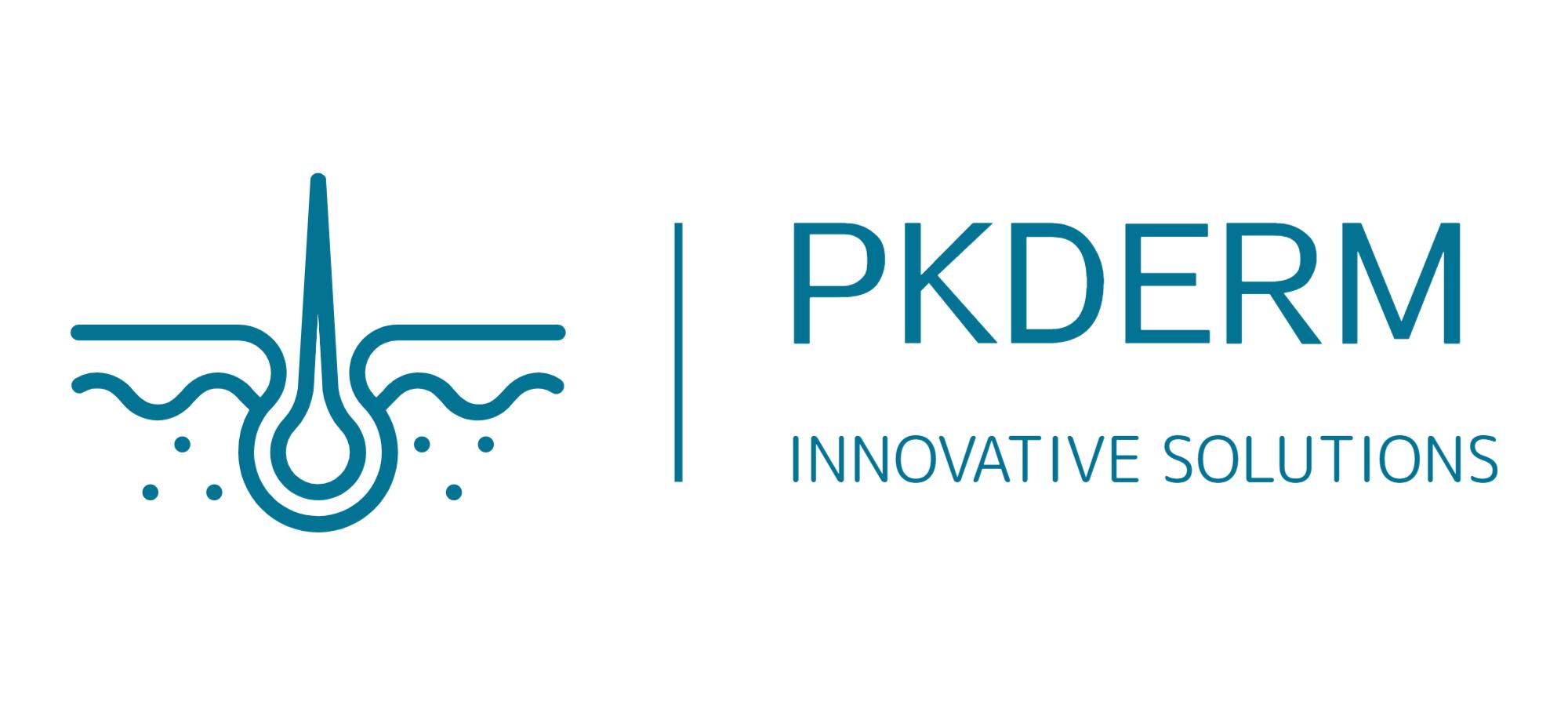OpenTox Virtual Conference 2021 Session 3
Exploring combination effects of chemicals by untargeted morphological profiling
Humans have exposure to an increasing number of chemicals that are spreading and accumulating in the environment. Insights into the molecular targets of chemicals are fundamental for predictions of the behavior when present in combination with other agents. Commonly used in vitro toxicity assays, such as reporter gene assays, are lacking throughput and are limited by their reliance on a single readout, thereby missing insights beyond the expected end-points and protein targets.
Morphological profiling provides an untargeted approach to study cellular responses to multiple changes in the environment. Cell Painting combines multiplexed staining of up to eight cellular compartments with high-content microscopy and multiparametric analysis of the cellular profiles. This method interrogates multiple pathways simultaneously and can give insights into the mechanisms of action of new and existing compounds. Although morphological profiling has been successfully applied for bioactivity profiling of individual environmental compounds, the approach has not yet been employed to study chemical mixtures.
Here, morphological profiling was used to study combinations of a set of ubiquitous environmental contaminants across three biologically diverse cell types. Exposure to a few of the compounds, including Bisphenol A (BPA) and Bisphenol A diglycidyl ether resin (BADGE), resulted in unique dose-dependent morphological profiles. Combined exposure resulted in distinct clusters by PLS-DA analysis. Further work will focus on comparing the profiles with annotated sets of compounds to identify pathways of toxicity and on testing more complex mixtures.



